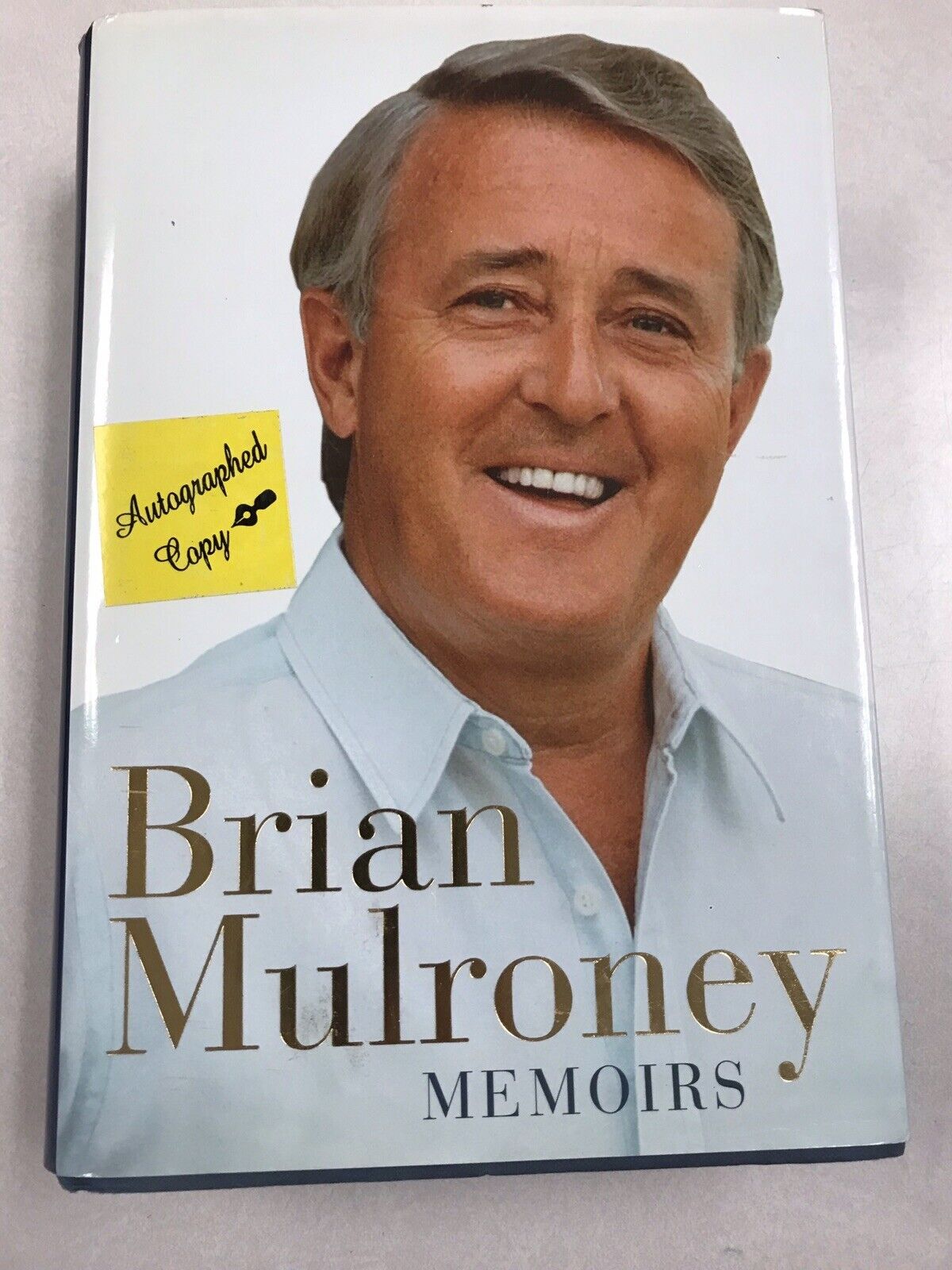-40%
Lester B. Pearson Canadian Prime Minister 1963 OOAK Steel Hub Die Master
$ 92.4
- Description
- Size Guide
Description
Lester B. Pearson Canadian Prime Minister Nobel Peace Prize (1957)Manufacturing Steel Hub Die Master
OOAK - ONE OF A KIND ! ! !
11 Ounces
1 1/2” Diameter
1 1/4” Tall
Please see my 5 other listings of Canadian Prime Ministers Steel Master Dies
Lester B. Pearson
Lester Bowles "Mike" Pearson PC OM CC OBE (23 April 1897 – 27 December 1972) was a Canadian politician, diplomat, statesman, and scholar who served as the 14th prime minister of Canada from 1963 to 1968.
The Right Honourable
Lester B. Pearson
PC OM CC OBE
14th Prime Minister of Canada
In office
22 April 1963 – 20 April 1968
Monarch
Elizabeth II
Governors General
Georges Vanier
Roland Michener
Preceded by
John Diefenbaker
Succeeded by
Pierre Trudeau
Leader of the Liberal Party
In office
16 January 1958 – 6 April 1968
Preceded by
Louis St. Laurent
Succeeded by
Pierre Trudeau
Leader of the Opposition
In office
16 January 1958 – 22 April 1963
Preceded by
Louis St. Laurent
Succeeded by
John Diefenbaker
Secretary of State for External Affairs
In office
10 September 1948 – 20 June 1957
Prime Minister
W. L. Mackenzie King
Louis St. Laurent
Preceded by
Louis St. Laurent
Succeeded by
John Diefenbaker
Ambassador of Canada to the United States
In office
July 1944 – September 1946
Prime Minister
W. L. Mackenzie King
Preceded by
Leighton McCarthy
Succeeded by
H. H. Wrong
7th President of the United Nations General Assembly
In office
14 October 1952 – 23 April 1953
Preceded by
Luis Padilla Nervo
Succeeded by
Vijaya Lakshmi Pandit
Member of Parliament
for Algoma East
In office
25 October 1948 – 23 April 1968
Preceded by
Thomas Farquhar
Succeeded by
Riding abolished
Personal details
Born
Lester Bowles Pearson
23 April 1897
Newtonbrook, Ontario, Canada
Died
27 December 1972 (aged 75)
Ottawa, Ontario, Canada
Resting place
Maclaren Cemetery, Wakefield, Quebec
Political party
Liberal
Spouse
Maryon Moody (m. 1925)
Children
2, including Geoffrey
Education
University of Toronto (BA)
St John's College, Oxford (BA, MA)
Profession
Diplomathistoriansoldier
Awards
Nobel Peace Prize (1957)
Military service
Allegiance
Canada
Branch/service
Canadian Expeditionary Force
Permanent Active Militia
Royal Flying Corps
Years of service
1915–1918
Rank
Lieutenant
Flying Officer
Battles/wars
World War I
Born in Newtonbrook, Ontario (now part of Toronto), Pearson pursued a career in the Department of External Affairs. He served as Canadian ambassador to the United States from 1944 to 1946 and secretary of state for external affairs from 1948 to 1957 under Liberal Prime Ministers William Lyon Mackenzie King and Louis St. Laurent. He narrowly lost the bid to become secretary-general of the United Nations in 1953. However, he won the Nobel Peace Prize in 1957 for organizing the United Nations Emergency Force to resolve the Suez Canal Crisis, which earned him attention worldwide. After the Liberals' defeat in the 1957 federal election, Pearson easily won the leadership of the Liberal Party in 1958. Pearson suffered two consecutive defeats by Progressive Conservative Prime Minister John Diefenbaker in 1958 and 1962, only to successfully challenge him for a third time in the 1963 federal election. Pearson would win re-election in 1965.
Pearson ran two back-to-back minority governments during his tenure, and the Liberals not having a majority in the House of Commons meant he needed support from the opposition parties. With that support, Pearson launched progressive policies such as universal health care, the Canada Student Loan Program, and the Canada Pension Plan. Pearson also introduced the Order of Canada and the Royal Commission on Bilingualism and Biculturalism, and oversaw the creation of the Maple Leaf flag that was implemented in 1965. His government unified the Canadian Armed Forces and kept Canada out of the Vietnam War. In 1967, Canada became the first country in the world to implement a points-based immigration system. After half a decade in power, Pearson resigned as prime minister and retired from politics.
With his government programs and policies, together with his groundbreaking work at the United Nations and in international diplomacy, which included his role in ending the Suez Crisis, Pearson is generally considered among the most influential Canadians of the 20th century and is ranked among the greatest Canadian prime ministers.

















